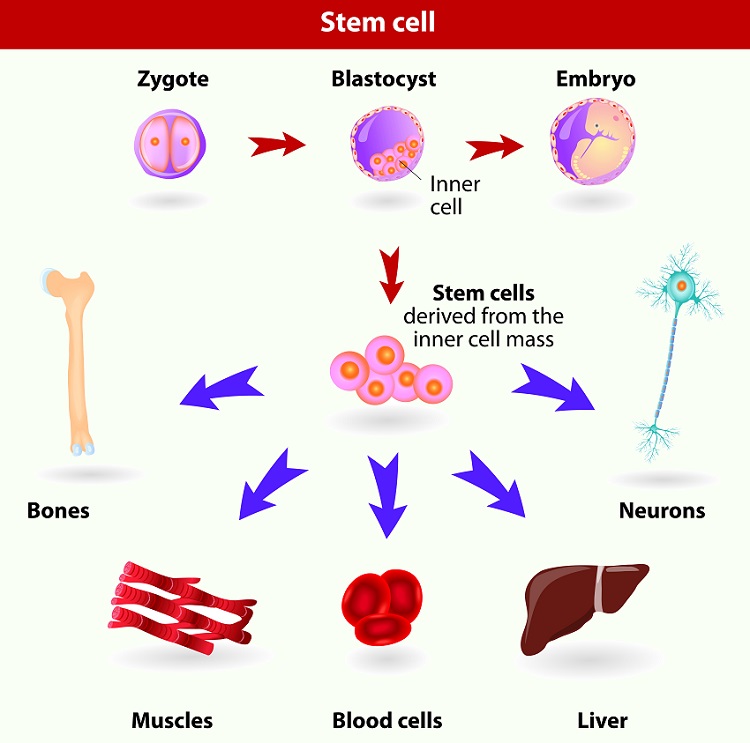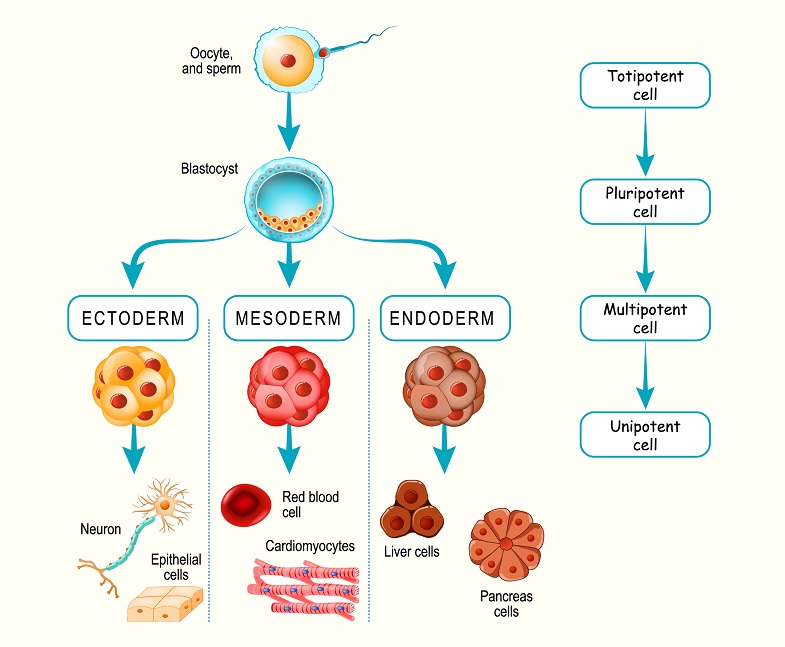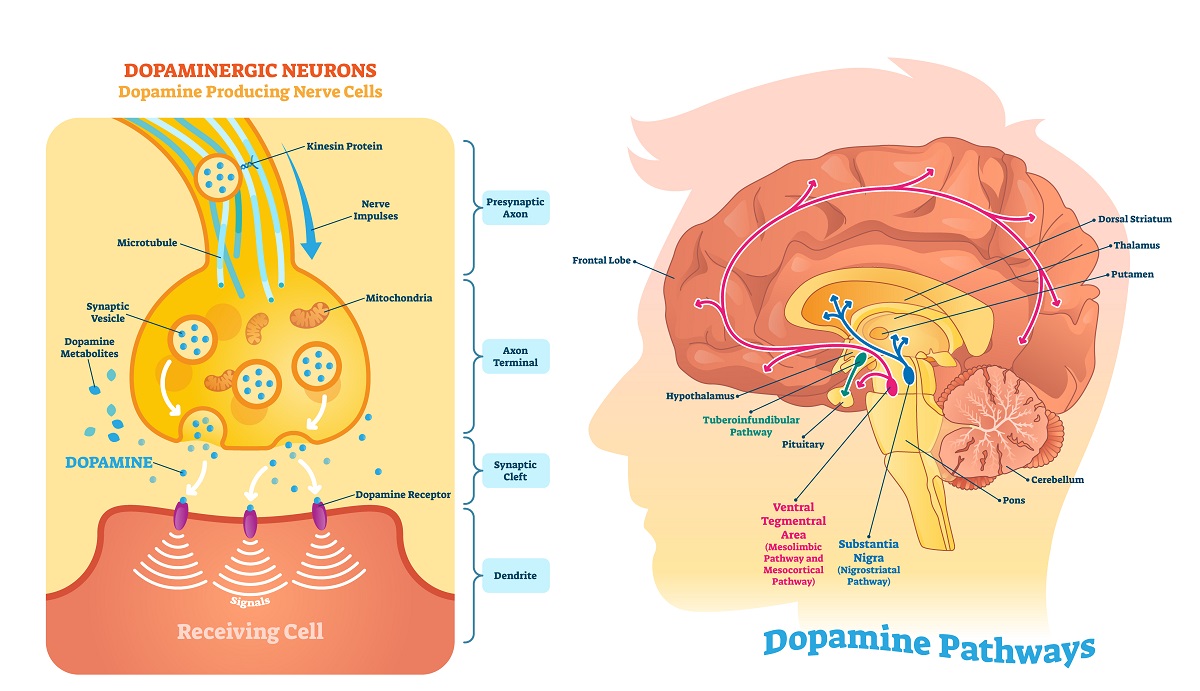[LS1-4] Cellular Division and Differentiation
This standard shows how cellular division and cellular differentiation work together to create and maintain multicellular organisms.
Resources for this Standard:
Here’s the Actual Standard:
Use a model to illustrate the role of cellular division (mitosis) and differentiation in producing and maintaining complex organisms.
Standard Breakdown
There are several important biological concepts tied up in this complex standard. However, we will avoid specific gene control mechanisms and the steps of mitosis as they are outside of the assessment boundary for this standard.
Cellular Division
Cellular division is the process that allows a single-celled zygote to become an adult organism with trillions of cells. Cellular division starts with the duplication of the DNA, then the cell enters the process of mitosis.

Through standard mitosis, a single cell produces two “daughter cells,” each with identical DNA molecules. However, if this process proceeded without cellular differentiation, humans would be nothing more than a gloopy pile of cells.

The key to cellular differentiation (and different tissues and organs) is largely attributed to epigenetic mechanisms.
Epigenetic Mechanisms
“Epi” refers to “above.” Thus, epigenetics refers to all the mechanisms working to express the DNA, turning all of that stored DNA information into functioning proteins and other cellular components. Essentially, these mechanisms come from both the external environment and the internal environment of the body.
After the first few cellular divisions of the initial zygote, cells begin the process of differentiation. Based on a complex network of hormones, extra-cellular conditions, and a wide variety of other signals (depending on species) control the resulting organism development. These factors, which work collectively to express different patterns of genes in different cells, causing them to specify into distinct cell types that carry out specific functions.

Generic totipotent cells have the ability to divide into any cell type, as you can see in the image above. As the cells divide, they are moved to different positions in the new embryo, each area having slightly different concentrations of hormones, oxygen, and other substances. These seemingly minor changes affect the epigenetic mechanisms and begin to change the genes that are actually expressed in each cell.
The totipotent cells divide into much more specific pluripotent cells after several divisions. These pluripotent cells start to divide into three major cell lines – the ectoderm (outside), mesoderm (middle), and endoderm (inside). These three layers then further differentiate into specific tissue and cell types, each experiencing different conditions and expressing different genes, at different rates.
Externally, a wide variety of conditions can change genetic expression patterns within an organism. Everything from sunlight to the food you eat can have an effect on various cellular processes, changing the exact expression of various genes. For example, scientists have shown that nicotine is such a powerful drug because it contributes a positive feedback loop without an apparent end.
Nicotine increases the expression of a narrow set of genes related to dopamine receptors. Dopamine is the “motivation” molecule in your brain. When you do something good, your brain rewards you with dopamine, so you are more likely to complete the action in the future. This is a very important pathway, and one of the main pathways we use to learn.

When you smoke, chew, or vape, nicotine at first makes you feel like you did something really good – by rewarding your brain cells with extra dopamine. This, in turn, stimulates more dopamine receptors, requiring a larger release of dopamine the next time. Thus, it takes more nicotine to stimulate a response and you start using nicotine more and more. These reward pathways get stored in your brain, which directs you to look for more nicotine when the receptors are empty.
What to Avoid
This NGSS standard also contains the following Assessment Boundary:
Assessment does not include specific gene control mechanisms or rote memorization of the steps of mitosis.
Here’s a little more specificity on what that means:
Rote Memorization:
Using the smoking (nicotine) example, students don’t need to know the specific receptors involved in the process, or the complex epigenetic mechanisms that control the expression of genes. It is sufficient to know that having nicotine in your system changes how often certain genes are expressed, which makes other dopamine-releasing events to seem less good and require more nicotine to activate the response. For any mechanisms discussed, emphasis should be on the overall process of how certain chemicals and events can change how often (or if) specific genes are expressed. Ultimately, epigenetics is how everyone’s slightly unique DNA interacts with very different internal and external environments to create and maintain multicellular organisms.
